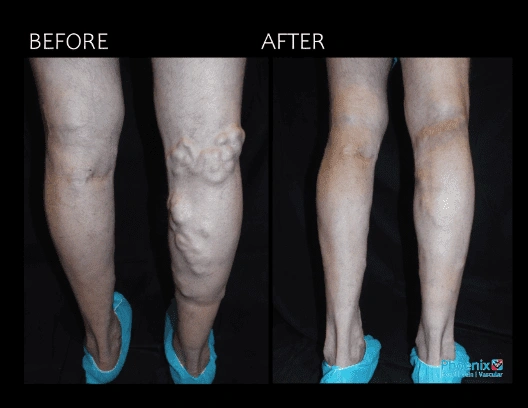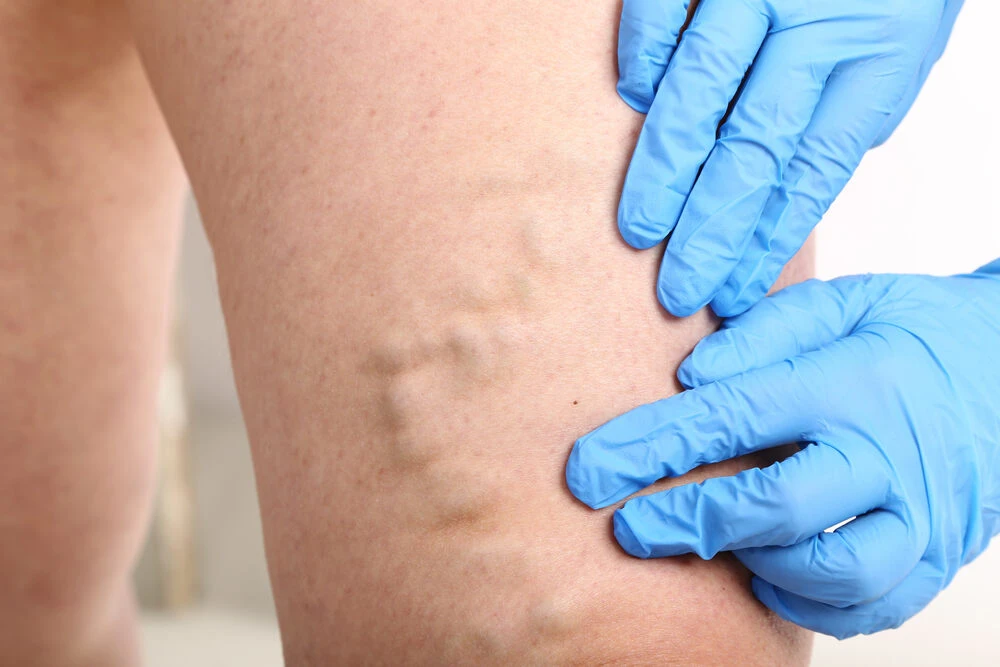Vein Treatment
Vein Treatment
Restoring Health and Confidence through Specialized Care
Treatment Steps:
Step One
Clinical consultation with one of our vein experts.
1
Step Two
Complete vein mapping + venous doppler (ultrasound) of the lower extremities done in the clinic with a customized treatment plan.
2
Step Three
Authorization for treatment will be submitted to your health insurance provider (if required).
3
Step Four
Schedule your treatment.
4
Treatment Options:

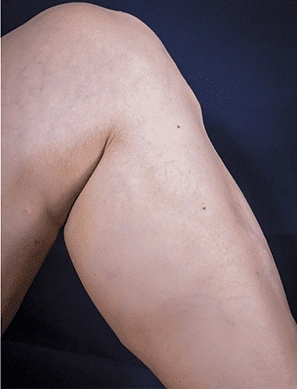
Before
After
Sclerotherapy: Injections
Sclerotherapy is a medical procedure used to eliminate varicose and spider veins. This is done by injecting a product into the vein called a “sclerosing agent”, which causes them to collapse and disappear through the body’s natural healing process. In most cases, treatment of varicose veins are covered by health insurance. Sclerotherapy can be done visually or with the use of an ultrasound.
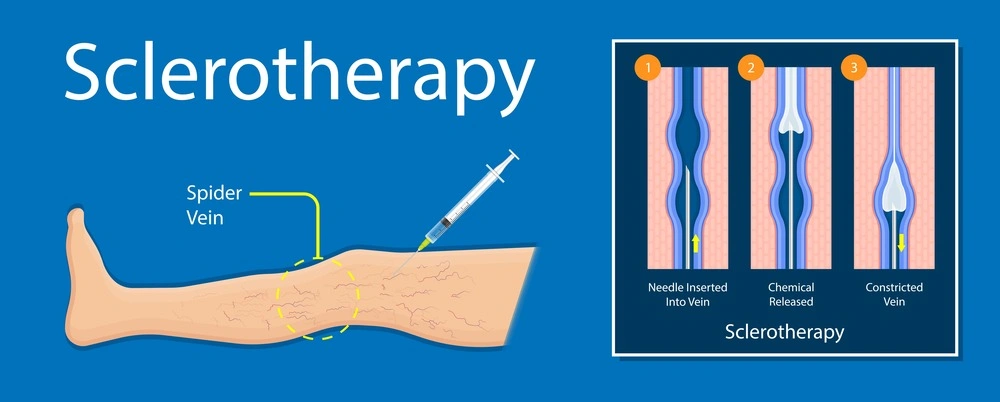

Radio Frequency Endovenous Ablation: Closurefast™
Thermal Ablation
- 30-45 minute non-surgical procedure
- Done in the office
- Local anesthesia and sedation used
- No down time
- Little to no scarring
ClosureFast™ Targeted Endovenous Therapy is the only minimally invasive segmental radiofrequency (RF) ablation treatment that utilizes radiofrequency energy to provide an even and uniform heat to contract the collagen in the vein walls, causing them to collapse and seal. Once a leg vein is closed, blood flow is re-directed to healthy veins. The ClosureFast™ procedure allows for a quick, comfortable recovery and a return to everyday activities, while also improving the appearance of varicose veins.
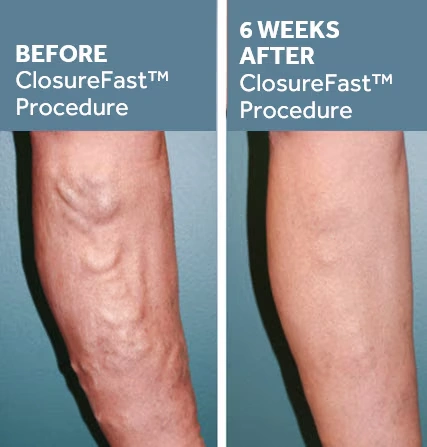
Varithena: Non Thermal Ablation - Injections
Minimally Invasive, Nonsurgical
Treatment with Varithena® does not require any incisions or general anesthesia. It usually takes the doctor less than an hour to administer Varithena®. Patients may resume some activities the same day but should avoid heavy exercise for one week.
Types of Veins Treated
Varithena® treats a wide range of varicose veins in the GSV system, including:
- Tortuous (twisted) veins
- Veins above and below the knee
- Veins with small, medium, and large diameters
- Veins previously treated with other methods
Varithena® does not treat all forms of varicose veins. Please talk with your doctor to see if Varithena® may be right for you.
Venaseal: Non-Thermal Ablation - Medical Adhesive
(Please note there is limited use of this in the office at this time)
Experience the VenaSeal™ Closure System:
The VenaSeal™ closure system is the only non-tumescent, non-thermal, non-sclerosant procedure that uses a proprietary medical adhesive delivered endovenously to close the vein. This unique approach eliminates the risk of nerve injury when treating the small saphenous vein, which is a risk sometimes associated with certain thermal-based procedures.1,2 Clinical studies have demonstrated that the procedure is safe and effective.1-4 The procedure is administered without the use of tumescent anesthesia, avoiding patient discomfort associated with multiple needle sticks.

Phlebectomy: Removal of Varicose Veins
What is Ambulatory Phlebectomy?
Ambulatory phlebectomy is a minimally invasive surgical technique used to treat varicose veins just under the skin. The abnormal vein is removed through a tiny incision or incisions, using a special set of tools. Often, the incisions are so small that at two months, they are hardly visible, and at six months, no signs of surgery can be found. In contrast to sclerotherapy of large varicose veins, ambulatory phlebectomy minimizes the risks of intra-arterial injection, skin necrosis, and residual hyperpigmentation.
